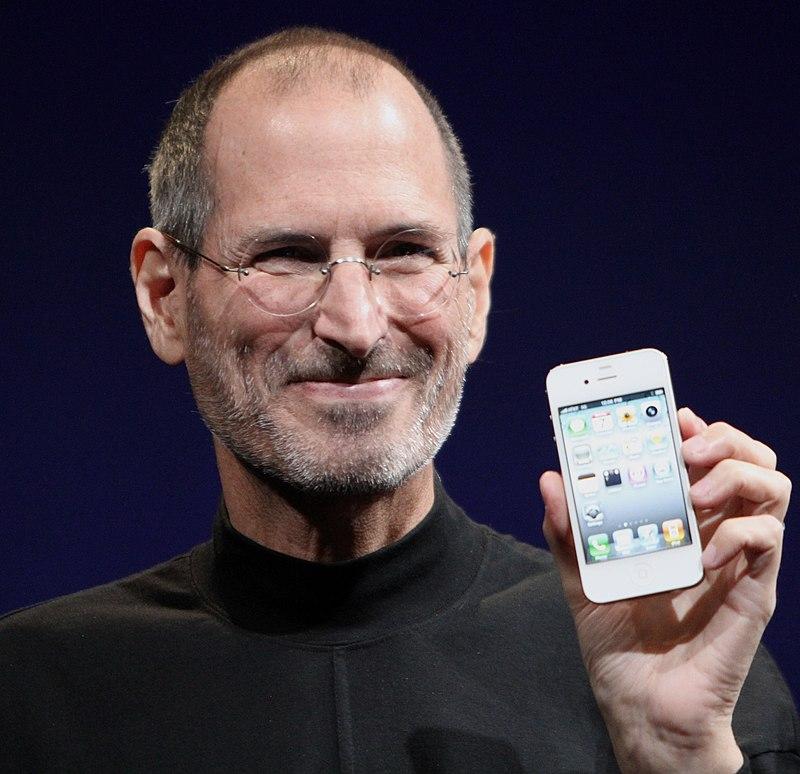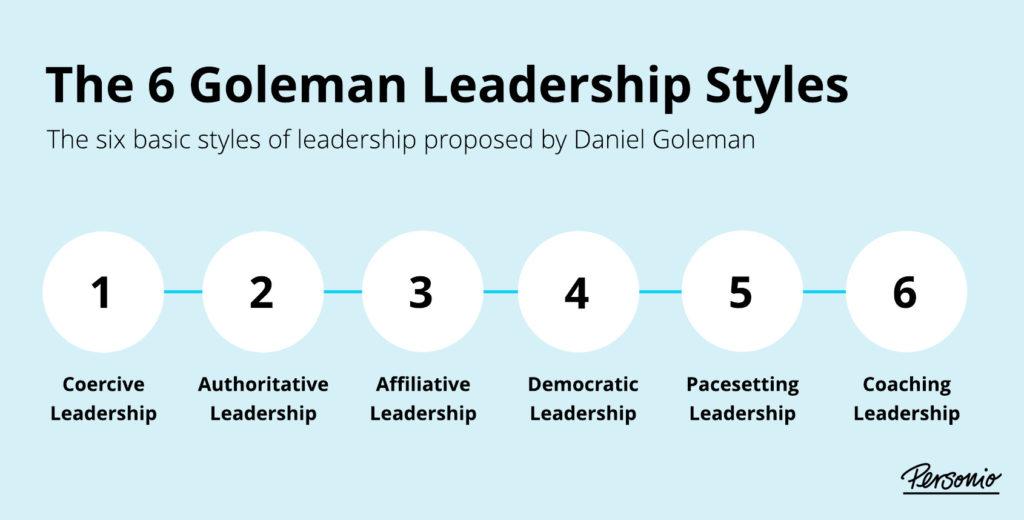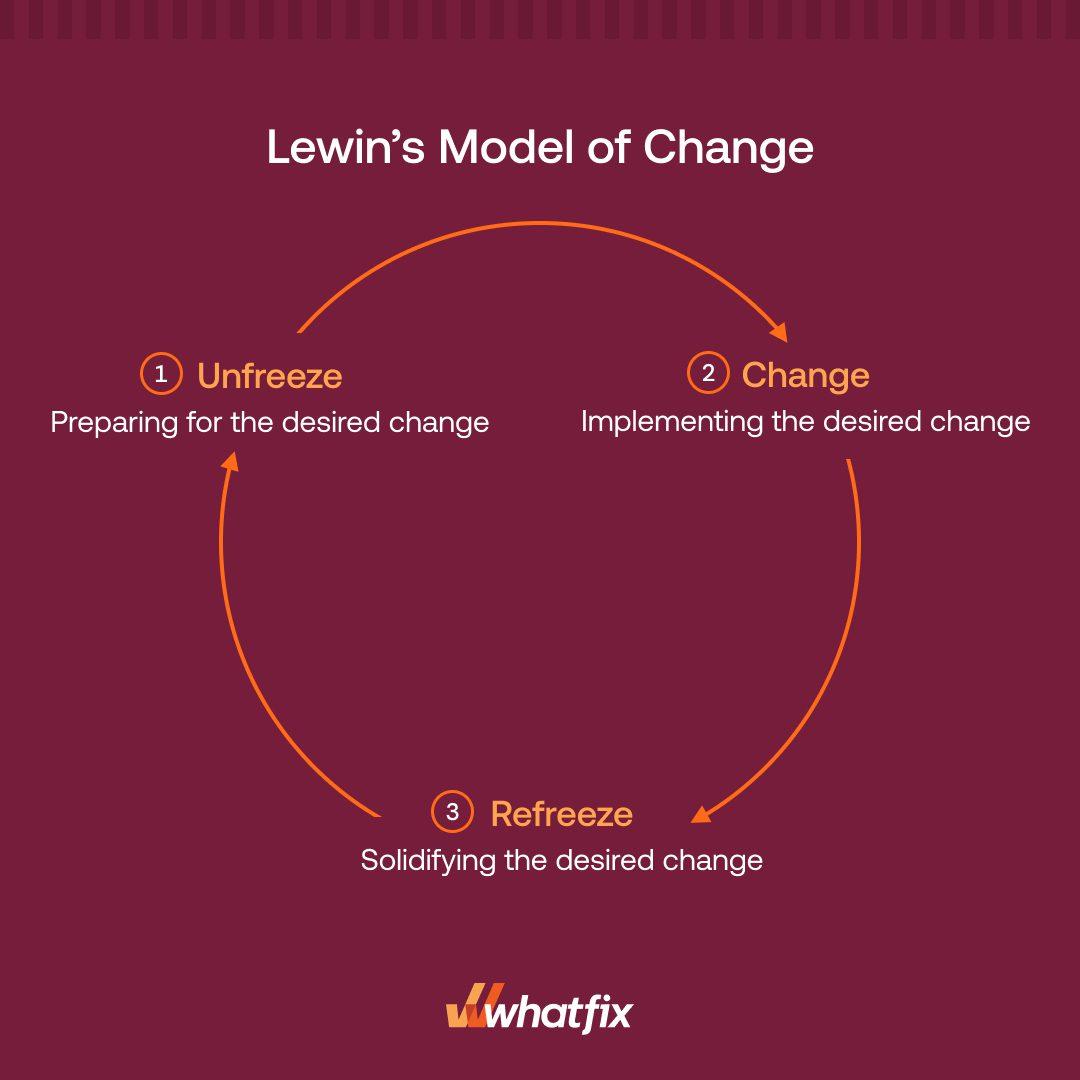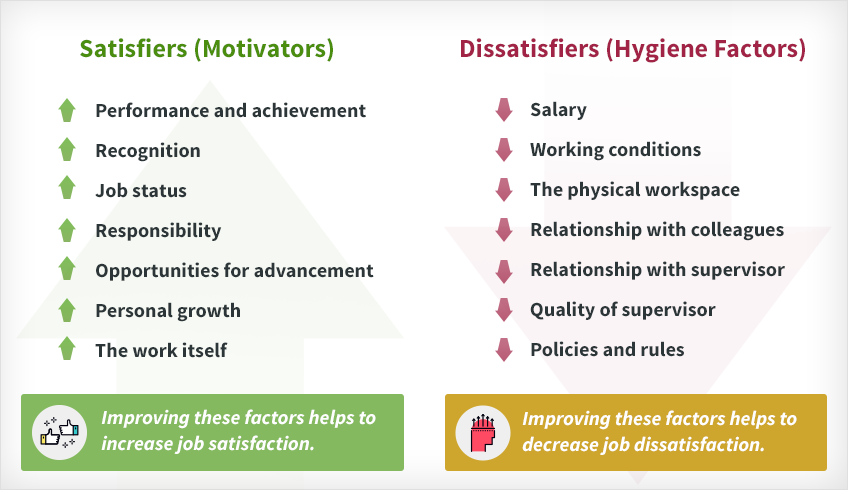Executive Summary
Steve Jobs can be considered one of the most prominent leaders of the 21st century, who revolutionised the tech industry, such as phones, personal computers, animated films, and many others. The emphasis of the given assessment will be focused on Steve Jobs’s style of leadership, change management leadership, motivating approaches, and emotional intelligence. The core theoretical frameworks utilised to properly evaluate Steve Jobs include Daniel Goleman’s theory of emotional intelligence as well as leadership theory, Kurt Lewin’s model of organisational change, and Herzberg’s motivation-hygiene theory. The assessment revealed that Steve Jobs was a highly motivating, driven, and emotionally intelligent individual who used his strengths to his advantage. He excelled at the refreezing stage of the change management to the extent where he not only revolutionised his companies but the entire industry. In addition, he was an authoritative visionary leader who imposed his vision on others.

Introduction
It is important to note that many most prominent leaders have a specific set of qualities and competencies, which not only make them effective leadership figures but additionally enhance their organisational performance. One of such individuals was Steve Jobs, who was among the first well-known leaders of the modern tech industry. He is responsible for making Apple Inc. the company it is today, which is one of the largest and most profitable businesses globally. Steve Jobs successfully utilised his authoritative or commanding leadership style to the greatest extent, which allowed Apple and many other of his companies to be transformed beyond the average performance frameworks. The entrepreneur was driven by a desire for recognition, achievement, advancement, and work, where his emotional intelligence (EQ) stemmed primarily from motivation and self-awareness above all else.
Leadership Style
When it comes to the leadership style used by Steve Jobs, he can be described as a strong authoritative and commanding leader. According to Daniel Goleman, there are six leadership styles, which include coercive leadership, coaching leadership, pacesetting leadership, democratic leadership, affiliative leadership, and authoritative leadership, as shown in Figure 1 below (Personio, 2022). Steve Jobs was most prominent for adhering to the latter because he was demanding, commanding, and strongly focused on visionary directions. It is stated that “authoritative leaders give their team a general direction and goal to achieve, but let them reach that goal in whichever way they deem appropriate” (Personio, 2022, para. 5). Goleman states that authoritative leadership styles maximise the commitment to the grand vision, where individual tasks become wholly and solely aligned with the goal (Hooper, 2017). In other words, it can be considered highly effective if the leader is able to communicate his or her vision well.

Despite the notion that some might view such a leadership style as excessively commanding and directive, Steve Jobs demonstrated how effective it could be if a leader possesses a strong sense of clarity for vision. It should be stated that “Jobs’s innovations made a profound impact. He redefined computing, enhancing the user experience, and created products and services loved by millions around the world” (Murugesan, 2021, para. 2). In addition, he “reshaped the music industry with the iPod, the mobile phone industry with the iPhone, and the movie industry with Pixar Animation Studios” (Murugesan, 2021, para. 2). One of the most core strengths of the authoritative leadership style of Jobs was his ability to bring a highly ambitious vision to fruitions (Stobierski, 2019). It is due to Steve Jobs that Apple pioneered and revolutionised the idea of personal computers or PCs.
He had an ability to influence, motivate, and inspire his teams, employees, and even consumers to make his vision a reality. The same can be stated about smartphones people use extensively today because it was Steve Jobs’s vision to change the global perception of what a phone constitutes as a product. Apple, under his authoritative and visionary leadership, was able to redefine what a phone should look like and should have in terms of the functional range. Authoritative leadership is about imposing one’s vision on the organisation, which can lead to remarkable results demonstrated excellently by Steve Jobs.
However, one should be aware of the fact that authoritative leadership has its own weaknesses. Despite it being the most effective of all Goleman’s leadership styles, such leaders can become overbearing and controlling (Personio, 2022). Steve Jobs was able to avoid these major pitfalls by making sure that his teams maintained a certain level of autonomy, which an essential in mitigating this issue (Kouzes and Posner, 2016). In other words, he clearly communicated his grand vision and ensured that his subordinates complied and adhered to it, but he additionally provided the freedom to realise this goal on their own terms. Steve Jobs knew his strengths and weaknesses, which translates into a higher degree of self-awareness about his competencies. He trusted his professional experts in their ability to realise his vision, but he always had the final say on whether or not a product was satisfactory.
Change Management Leadership
Steve Jobs’s change management style was profoundly effective, exemplified by the fact that he pioneered many innovations and advancements in the tech consumer products market. It is stated that “change is the foundation for organisational development. Yet, most employees prefer the status quo over transformational change” (Whatfix, 2022, para. 1). According to Kurt Lewin’s change management theory, there are three phases or stages of change, which involve unfreezing, changing, and refreezing as shown in Figure 2 below (Burnes, 2014). Apple Inc. was founded as a company which sought to revolutionise people’s perception of what constitutes a PC, a phone, and other tech consumer products. The change was a vital ingredient in Steve Job’s arsenal of managerial competencies, which meant that Kurt Lewin’s model was always relevant.

It is important to note that Steve Jobs was most proficient at the refreezing aspect of Kurt Lewin’s framework. Whenever a new innovative product was introduced by Apple under his leadership, this product became the norm not only for the company but the industry itself. For example, iPhone was among the very first almost button-less phones in the market, and nowadays, all smartphones follow the same trend of relying on touch screens entirely. Long gone are the days when buttons were the standard for phones to have because Steve Jobs was outstanding at refreezing the change he created. The same approach can be observed in his endeavours at Pixar, where he was able to produce the very first fully computer-animated film titled Toy Story. It is reported that “the release of Toy Story … marked a paradigm shift in animation and cinema history. It was the first full-length feature by Pixar Animation Studios and the world’s first fully computer-animated film” (Adetunji, 2020, para. 1). In other words, Pixar, under Steve Jobs’s change management, was able to refreeze the norm in the history cartoons and movies.
Moreover, one should be aware that change was one of the most critical aspects of Steve Jobs’s vision. He sought to revolutionise the world of tech and successfully did so by seeking change rather than settling for what was considered normal or standard. One of the key reasons why many leaders fail to implement change takes place in the refreezing part of Kurt Lewin’s model (Belbin, 2010). Thus, it is rather easy to design and plan an innovative change idea and subsequently break the regular processes to implement it. However, the most challenging part is to ensure that the change naturally integrates into the organisation, and this was precisely the area where Steve Jobs excelled.
Motivation
Motivation is among the essential aspects of leadership in Steve Jobs’s case. According to “Herzberg’s motivation-hygiene theory or dual-factor theory … there are separate sets of mutually exclusive factors in the workplace that either cause job satisfaction or dissatisfaction” (Nickerson, 2020, para. 2). The detailed list of motivating factors as well as hygiene elements can be accessed in Figure 3 below. In accordance with the given motivational theory, there are motivators that positively affect job or work satisfaction, and there are dissatisfies that can negatively impact motivation. Since the framework is being applied to Steve Jobs, who was not an employee but rather a manager and entrepreneur, the analysis will focus on what motivated him and how he used these motivators on his subordinates.
Firstly, it should be noted that Steve Jobs was primarily driven by three key motivators. These included recognition, opportunities for advancement, and achievement. In the case of opportunities for advancement, it is evident from the discussions above that Steve Jobs always sought to revolutionise the norm. He constantly pushed what was considered to be possible to develop the most innovative products a tech company could offer at that time. For example, iPhone is a direct and clear showcase of how Steve Jobs sieved the opportunity to advance the capabilities of phones, the design of the products, and the functional ranges offered by them. For the recognition and achievement, Steve Jobs’s “biggest motivation was his desire to leave something behind that changed everything. He wanted to change the world and technology for the masses” (Hayes, 2018, para. 7). In other words, he was a perfectionist mainly due to a desire to leave a significant and meaningful legacy as a leader in the tech industry.
Secondly, Steve Job’s inner desire and motivation translated into how he approached motivating his subordinates, teams, followers, and organisations. Since he was a visionary or authoritative leader, he needed to communicate his vision as clearly as possible as well as ensure that it was realised. In order to do so, Steve Jobs motivated others through his own source of motivation, which was his vision. In other words, he imposed and presented his ideas to his teams and workers to drive them to perform better in accordance with his own expectations. This meant that employees and subordinates at Apple were provided with a significant degree of motivators or satisfiers, such as the work itself, advancement, recognition through the company, and achievement of innovation. In the case of hygiene factors, Steve Jobs’s popularity and notorious fame allowed him to harness the benefits of elements, such as his relationship with his supervisor, quality of supervisor, working conditions, and salary. For the latter, the company, such as Apple, had sufficient resources to offer the highest salaries and conditions in the industry.

Emotional Intelligence
The role of emotional intelligence in Steve Jobs’s leadership cannot be overstated because this can be considered his main strength. In accordance with Daniel Goleman’s Emotional Intelligence theory, there are five major components of EQ (BPP Learning Media, 2015). These include “self-awareness, self-regulation, motivation, empathy, and social skills … Emotional intelligence can be applied to meet goals and targets, as well as create a happier and healthier working culture” (Channell, 2021, para. 6). It is important to emphasise that Steve Jobs excelled at being emotionally intelligent over his technical knowledge. Under Daniel Goleman’s framework, self-awareness and motivation can be noted as the most prominent qualities of Steve Jobs’s EQ.
Firstly, one should be aware that Steve Jobs was a highly motivated person to the extent that people across the globe aspire to be a leadership figure similar to him. In other words, his ability to motivate himself resonated and had a ‘spill over’ effect not only on his organisation but the consumers and regular individuals as well. He was a highly driven and passionate individual who explicitly stated that he loved what he did for a living (Hayes, 2018). His famous quote “Stay hungry. Stay foolish” is a prime example of the fact that motivation was among his most vital EQ qualities (Hayes, 2018, para. 10). He always advocated and called others to pursue bigger and most significant goals without being willing to settle for less.
Secondly, Steve Jobs was a highly self-aware person who perfectly knew his strengths and limitations. The given aspect of his emotional intelligence was responsible for his ability to avoid many pitfalls of being blind about his abilities and competencies, which is a common mistake made by many leaders throughout history (McDermott and Flood, 2010). It should be noted that Steve Jobs was an emotional person who could be easily angered and frustrated when he found something to be unsatisfactory. However, even during these periods of emotional swings, he always retained a sense of awareness about his decisions, desires, and visions. For example, he himself admitted that he lacked self-control when it came to being a leader, but the mere fact that he acknowledged it shows that he was self-aware of this issue (Bariso, 2022). Therefore, it is evident that he was highly aware of his inner emotional state, even though he was not always successful at controlling his emotions.
Conclusion
In conclusion, the given multifaceted analysis of Steve Jobs as a leader and manager revealed that he was an authoritative visionary leadership figure. Under Lewin’s model of change, Steve Jobs excelled at the refreezing stage of change management to the extent that he not only revolutionised his companies but the entire industry. In addition, he was a highly motivating, driven, and emotionally intelligent individual who used his strengths to his advantage.
Reference List
Adetunji, J. (2020) Toy Story at 25: how Pixar’s debut evolved tradition rather than abandoning it. Web.
Bariso, J. (2022) Was Steve Jobs emotionally intelligent? The answer may surprise you. Jobs was known to be as difficult as he was inspiring. But in his story lies a major lesson. Web.
Belbin, R. M. (2010) Lead management teams: why they succeed or fail. Oxford: Butterworth-Heinemann.
BPP Learning Media. (2015) Management: leading people and professional development. London: BPP Learning Media.
Burnes, B. (2014) Managing change. Harlow: Pearson.
Channell, M. (2021) Daniel Goleman’s emotional intelligence in leadership: how to improve motivation in your team. Web.
Hayes, J. (2018) Steve Jobs’ most inspiring quotes & life lessons. Web.
Hooper, A. (2017) Leadership perspectives. London: Routledge.
Kouzes, J. M., and Posner, B. Z. (2016) Learning leadership: the five fundamentals of becoming an exemplary leader. Hoboken: Wiley.
McDermott, A., and Flood, P. C. (2010) Leadership in Ireland: insights from contemporary Irish leaders. Dublin: Blackhall Publishing.
Murugesan, S. (2021) 10 lessons from the legacy of Apple’s Steve Jobs embrace multidisciplinary perspectives and focus on design are a few. Web.
Nickerson, C. (2020) Herzberg’s motivation two-factor theory. Web.
Personio. (2022) The 6 Goleman leadership styles: which is yours? Web.
Stobierski, T. (2019) 5 pros & cons of authoritative leadership. Web.
Whatfix. (2022) Lewin’s 3-stage model of change theory: overview. Web.